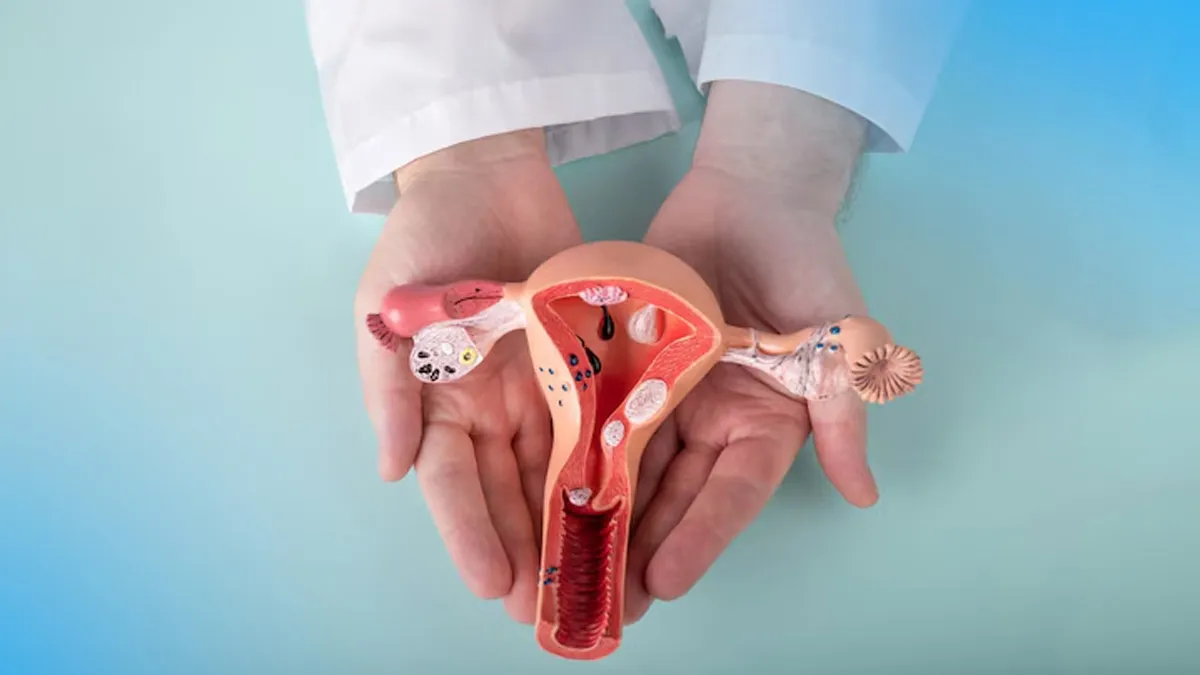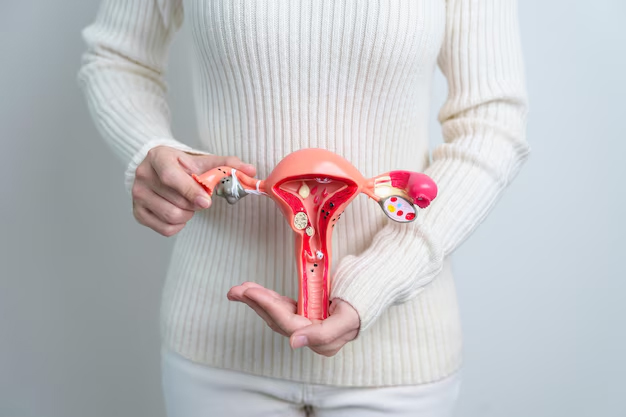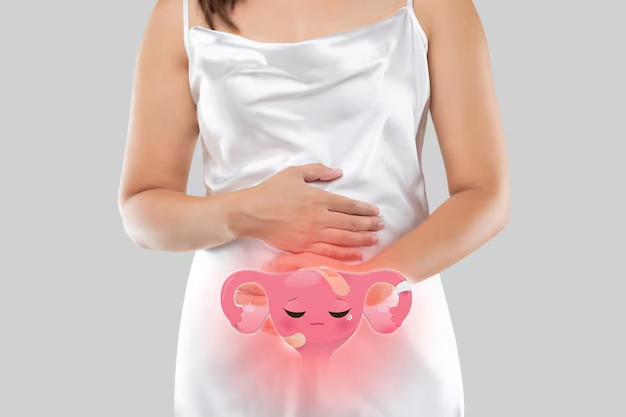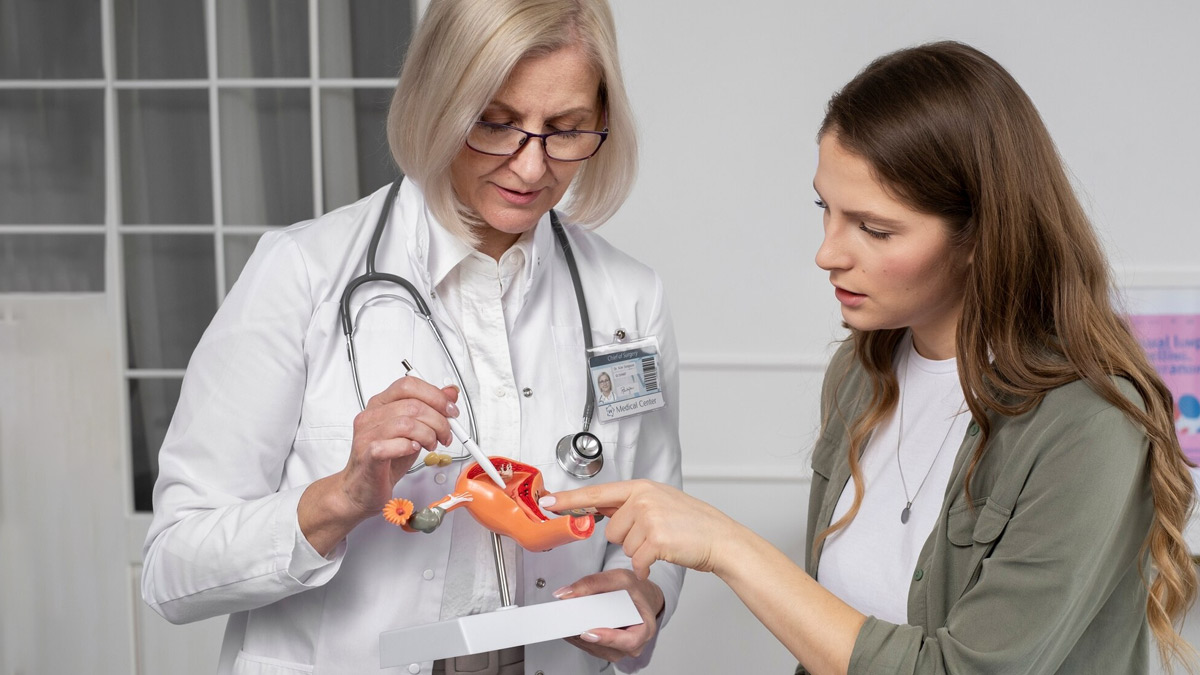
Reproductive and menstrual health are two important aspects of women’s health.
Period pain is extremely common, with about 80% of menstruating women affected by it. This type of pain is also known as dysmenorrhea. For most women, period pain, especially the type called primary dysmenorrhea, resolves on its own within a few days of the start of your period and lessens as you get older. However, if the pain is persistent, it is important to consult a doctor, as it can indicate chronic underlying health problems like endometriosis, which affects roughly 10% of reproductive-age women and girls globally, according to the World Health Organization (WHO).
Table of Content:-
This International Women’s Day, celebrated annually on March 8, the OnlyMyHealth team spoke to Dr Yogita Parashar, Consultant—Obstetrics and Gynaecology, Manipal Hospital, Dwarka, New Delhi, to shed light on two common yet often misunderstood women's health concerns: period pain and endometriosis. She helps distinguish between regular menstrual cramps and the pain caused by endometriosis, a condition that many women confuse to be just severe period pain.
Period Pain Or Endometriosis: How To Tell The Difference?

Both endometriosis and menstruation can cause pelvic pain. Additionally, certain symptoms associated with menstruation can start a few days before the period, also called Premenstrual Syndrome (PMS).
However, unlike period or PMS-associated pain, pain from endometriosis isn't caused by contractions of the uterus but rather by the growth of endometrial-like tissue outside the uterus. This tissue can lead to inflammation, scarring, and adhesions, which can in turn cause persistent pain that may worsen over time.
Dr Parashar explains that regular period cramps, known as congestive dysmenorrhea, typically ease within a day or two of menstruation onset. In contrast, endometriosis pain is spasmodic and can be severe enough to interfere with daily activities.
As far as symptoms are concerned, period pain is usually manageable with Over-The-Counter (OTC) pain relievers. The symptoms usually range from mild to moderate cramps accompanied by nausea, fatigue, and back pain.
On the other hand, endometriosis pain is usually severe, debilitating, and persistent, even when there is no period.
Key Symptoms Of Endometriosis

Some of the key symptoms of endometriosis include:
- Painful sexual intercourse (dyspareunia)
- Painful defecation (dyschezia)
- Chronic pelvic pain
- Abdominal bloating, nausea, and occasional depression or anxiety
- Infertility
- Heavy, painful periods
When To Seek Medical Advice
According to Dr Parashar, medical attention is necessary when symptoms significantly affect the quality of life, such as severe pain, fatigue, depression, or infertility.
Some individuals experience intense pain that prevents them from attending school or work, while others avoid intercourse due to pain. This is when a doctor can help by assessing your condition and guiding you with suitable treatments. The doctor emphasises timely intervention, as it can help improve overall well-being.
Also Read: Why Are Women More Prone To Pain? Expert Explains
Can Lifestyle Changes Or Home Remedies Help Manage Endometriosis Symptoms?

While lifestyle changes cannot cure endometriosis, they can help manage symptoms. Some of the effective strategies include:
- Eating a balanced diet rich in fruits, vegetables, and omega-3 fatty acids
- Limiting red meat and processed foods
- Engaging in regular exercise
- Using heat therapy, such as warm baths or heat pads
- Managing stress through yoga and relaxation techniques
- Reducing gluten or dairy intake if they trigger symptoms
Tests To Take To Diagnose Reproductive Problems
If you suspect any reproductive issues that go beyond period pain, here are the tests you can take:
- Detailed medical history focusing on menstrual symptoms and chronic pelvic pain
- Ultrasonography to detect abnormalities
- MRI of the pelvis, considered the gold standard
- Laparoscopic visualisation with biopsy for confirmation
- CA 125 test is not recommended as a primary diagnostic tool.
Conclusion
Endometriosis and period pain can be mistaken for one another, therefore, it’s important to know the differences between them. While period pain is manageable and resolves on its own, endometriosis can be severe and persistent. Unfortunately, there isn’t a known way to prevent endometriosis; however, healthy lifestyle practices along with regular doctor consultations can help manage the condition. If you have any unusual signs and symptoms that resemble period pain but occur outside menstruation, speak to a healthcare provider.
How we keep this article up to date:
We work with experts and keep a close eye on the latest in health and wellness. Whenever there is a new research or helpful information, we update our articles with accurate and useful advice.
Current Version